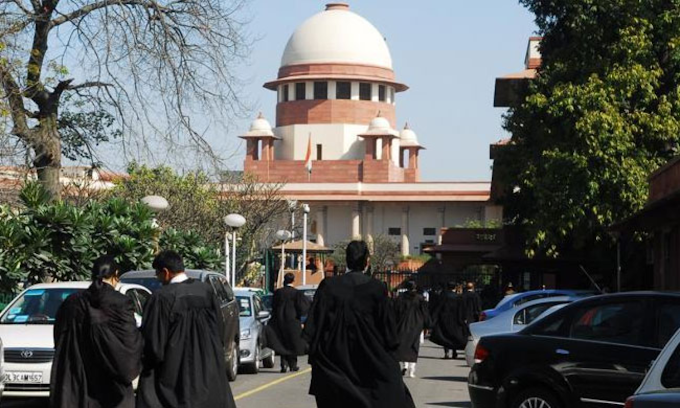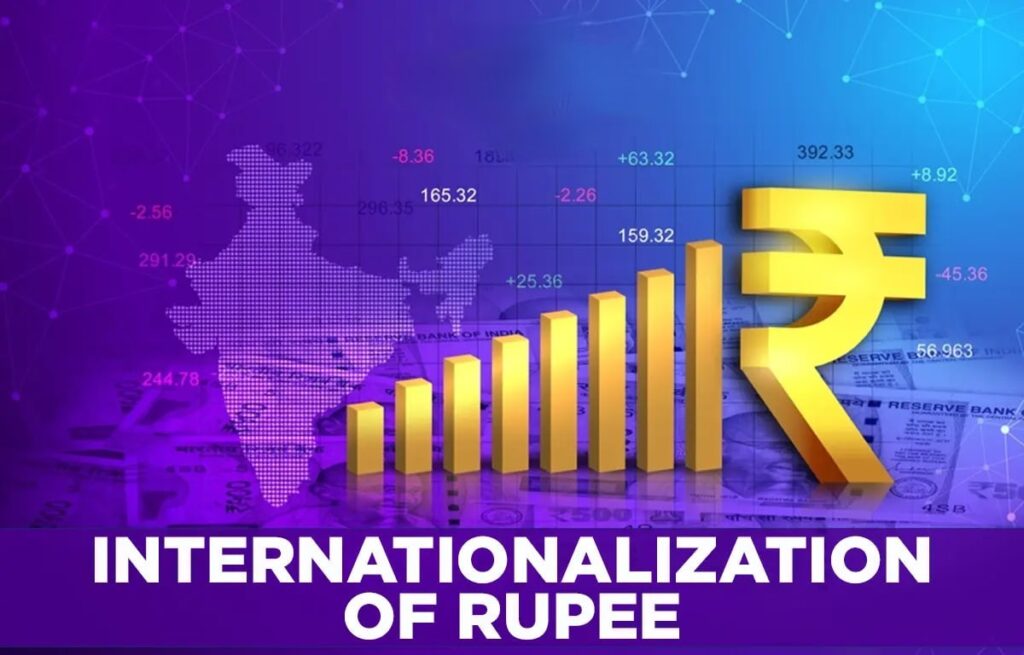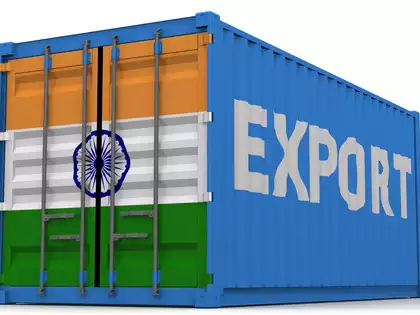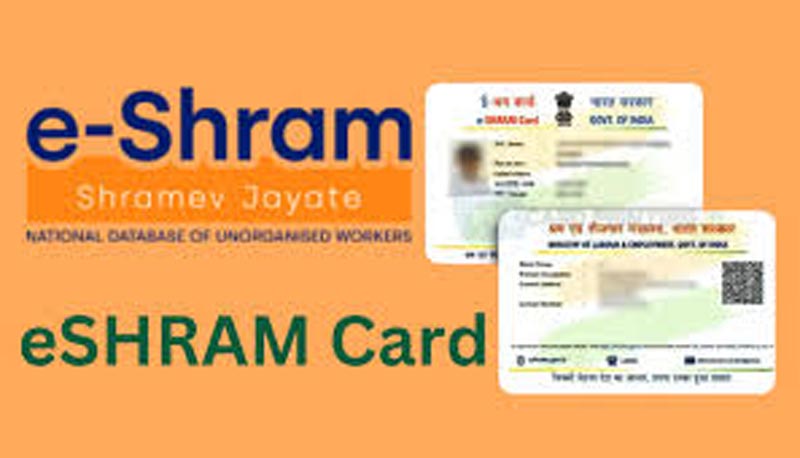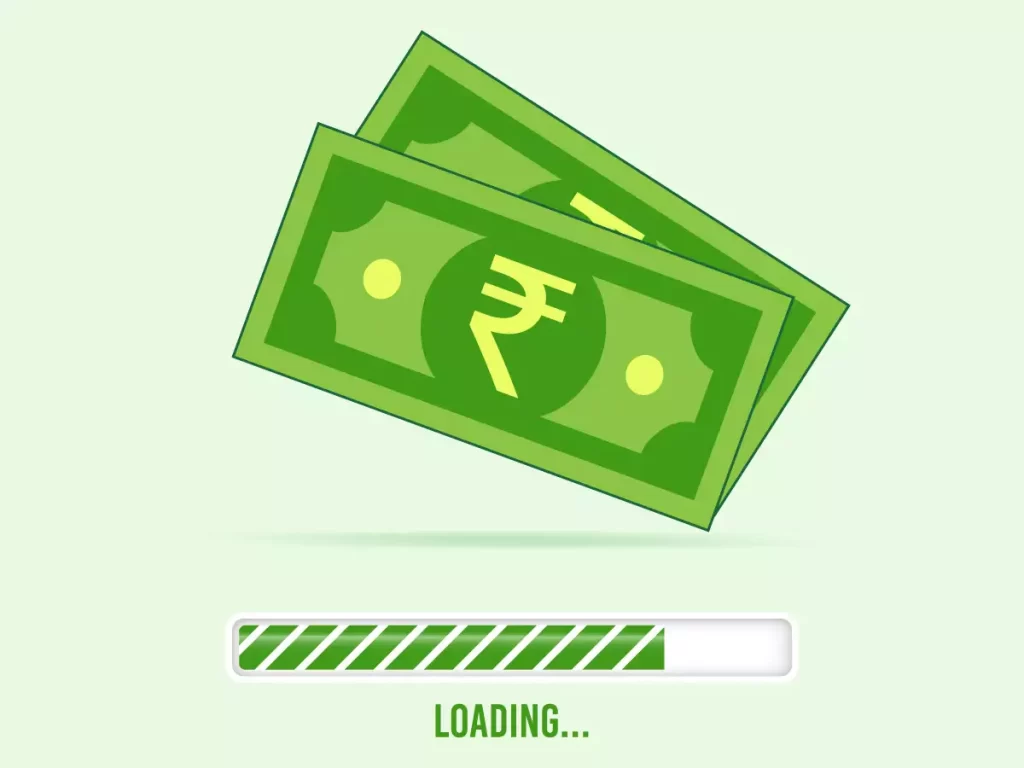Sahyog portal
The Sahyog Portal is an initiative by the Government of India designed to enhance coordination and collaboration between different government departments, public sector organizations, and citizens. It aims to streamline communication, facilitate grievance redressal, and improve service delivery through a single online platform. Objectives of the Sahyog Portal Collaboration & Coordination: It promotes inter-departmental coordination […]
